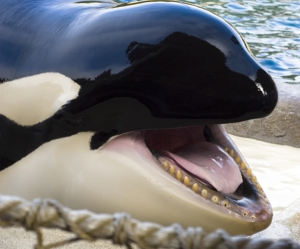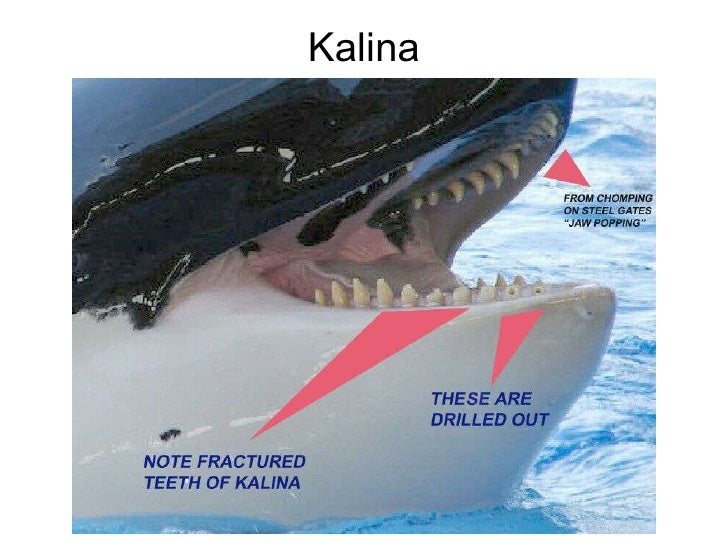
The PRIMARY risk factors for developing poor oral health conditions in captive orcas (Killer Whales) are AGE and CAPTIVITY. The longer animals are in confinement, the higher the risk of developing problems. Definitively, there is a high ‘prevalence’ of poor dentition (fractured and broken teeth) in a majority of captive orcas. However, there is an unknown rate of new occurrences since orca mortality decreases the ‘prevalence’ of broken teeth (dead whales get removed from the population, and younger whales have better teeth). It is speculated the risk increases for the male gender, based on increased testosterone levels and subdominant status. Additionally, social strife and moving animals from park to park may increase risk, because every time an animal moves, it must “reestablish” itself on the social hierarchy. This is more common with mid-range and lower animals within the social hierarchy. Upper echelon whales may have less of a need to establish themselves as they are already at the top of the society, therefore, subdominant animals would more susceptible to these problems.
The impact that captivity has on the teeth and jaws of various orcas can be seen in the following Photo Gallery:
Διαβάστε περισσότερα εδώ.

Διαβάστε περισσότερα εδώ.

Δεν υπάρχουν σχόλια:
Δημοσίευση σχολίου